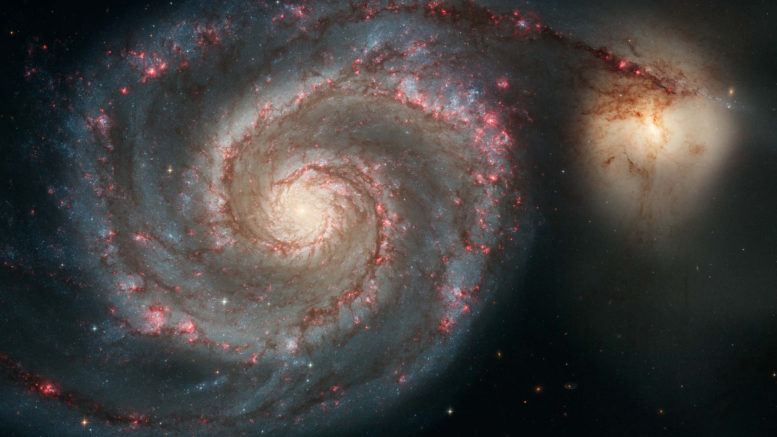Fall can always be a tough time in the Pacific Northwest with varying temperatures, cloudy and wet weather, and the potential for a wide variety of weather in a short period of time to make things interesting. With the shorter days and longer nights, there is certainly more time during clear nights to go outside and view the sky! However, with the limited number of opportunities, we will provide our recommendations for the Top 5 Most Reliable Fall Astronomical Targets! Note, that this goes from the technical dates for spring start at the September Equinox and ends with the December Equinox. Some might consider events before the September Equinox as part of Fall, but that is technically part of Summer.
These are not an exhaustive list, but rather a starting point for those getting started looking at the nigh sky and provide a challenge for astronomers at every level of observing. We have taken the time to include in this list objects for those who are utilizing a wide variety of gear, whether it be the naked eye, binoculars, telescopes, and astrophotography. If you are looking for a more advanced list of some summer astrophotography targets or astrophotography basics or unique astronomy sites, check out the resources that we have provided.
The Andromeda Galaxy
Although it is in the sky in the summer, it stays in the sky the entire night in the Fall, as compared to rising into the sky in the summer in the Pacific Northwest. This galaxy is said to be larger than the moon and is the most distant object you can see with your naked eyes, as the galaxy is located two million light years away. When looking at Andromeda, it will appear as a dim, fuzzy star from a dark sky site to the named eye and with binoculars or a telescope, one should clearly see the elliptical shape of the galaxy. The Andromeda galaxy will be visible the entire Fall season as the galaxy should be mostly overhead most night!
Messier 51 – Whirlpool Galaxy
The Whirlpool Galaxy, otherwise known as M51 is a great galaxy for viewing and imaging alike! The galaxy was named the Whirlpool Galaxy because of the swirling spiral structure. The galaxy is easy to find in the sky for binoculars and telescopes alike. The spiral arms that gave the galaxy its name are inhabited by stars and starburst regions interspersed with dust, which compresses hydrogen gas and are responsible for creating new clusters of stars. M51 will be in the Northern part of the sky, with the galaxy dipping down before midnight before rising back up before sunrise. It is recommended to have a great view of the North as the M51 galaxy doesn’t necessarily rise as high as some of the other objects on this list.
The Triangulum Galaxy (M33)
The Triangulum Galaxy, known as M33, is the third largest system in the Local Group of galaxies. When there is excellence seeing conditions, one can see the Triangulum Galaxy with the naked eye, as it is one of the most distant permanent objects that can be viewed with the naked eye. The Triangulum Galaxy appears as a dim, fuzzy star from a dark sky site when viewing with the naked eye, but with binoculars or telescopes, one can see the elliptical shape of the galaxy. M33 should be visible for the entire Fall season, rising in the east and setting in the west each night.
THE GREAT PEGASUS CLUSTER (M15)
M15 is one of the brightest and finest globular clusters in the northern section of the sky and the best deep-sky object in the constellation Pegasus and is relatively easy to find. M15 is almost visible to the naked eye with excellent seeing conditions, and with binoculars or finder scopes, the cluster looks like a fuzzy star. With smaller sized telescopes, the cluster looks like a uniformly lit disk, while larger telescopes show M15 with like a large bright diffuse ball of light with a dense compact center.
THE HELIX NEBULA (NGC 7293)
The Helix Nebula is a fairly popular target for amateur astrophotographers as it is easy to capture and does not require too much total exposure time. When viewed with binoculars, the nebula appears as a hazy, greenish cloud. this star is faintly visible to the naked eye under dark skies and acts as a good marker of how good the quality and darkness of the sky in the area. With magnitude +7.3, the Helix Nebula is the brightest planetary nebula in the sky. In terms of size, the nebula appears as almost one-half the Moon’s diameter, but the ring shape can only be resolved with large amateur telescopes. This does not rise too high in the Western sky, but this can be made out by telescopes and doesn’t require too much time. This one can be more of a challenge to image, but if done, can provide a really great

Be the first to comment on "Top 5 Most Reliable Fall Astronomical Targets"